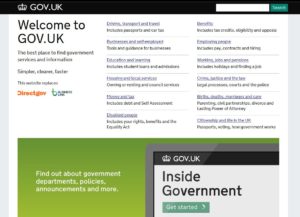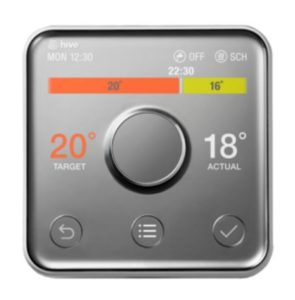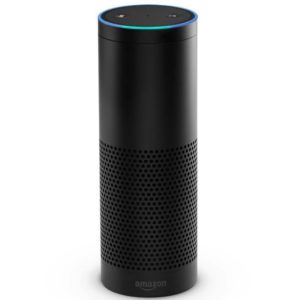I’m convinced, Inclusive Design undersells itself. It is seen by many people as design to the lowest common denominator.
“A bit dull but a good thing to do”
I think Inclusive Design has a lot more to offer than people realise, we should be waving the flag and shouting from the roof tops about the benefits that come through challenging design from the perspective of disabled people.
Accessible design on the internet

Gov.uk web site
I was looking at some ‘accessible’ web pages from the early noughties and was struck on how modern looking they were. The high contrast text and clear signposting gave a clean uncluttered look and feel which is not unlike many web pages from two or three years ago. The 2013 award winning Gov.uk site is a case in point. This approach was to be the new web order and clearly benefited from the guidelines outlined through the Web Accessibility Initiative (WAI).
Accessible design was always good design practice but it needed a champion. It also needed an inclusive look and feel that didn’t stigmatise people.
Information and objects – The internet of things

Hive Thermostat
The recently developed Hive and Nest thermostats both follow well established interaction design principles and both are desirable objects. Further to this they both are largely accessible to people of all abilities. Attention has been taken within the design process of people of all ages and abilities. The tactile feedback of the dial, contrast, size and colour choice of the displayed text and the structure of the displayed information all owe a nod to looking at the design from the perspective of disabled people.
Information, objects and service

Amazon Echo
When connected devices are put together into what is sometimes referred to as ‘systems ecologies’ they not only provide service solutions such as helping with the weekly shop or turning on the heating 30 minutes before you arrive home, they also offer an alternative assessable channel for people to use.
All of a sudden a smart phone with tactile input and voice output can be used to control the heating or set the oven temperature. With the refinement of voice recognition further interaction possibilities come to light. A person with no upper limbs has the potential to input commands into the digital melting pot of possibility; the digital world is becoming accessible to people of all abilities.
Informing design
Now hang on a minute, voice recognition won’t be suitable to someone with a speech impairment, I hear you say. But you would be wrong, or to be accurate partially wrong. Algorithms used to understand ‘your’ speech patterns can be used to understand other people’s more nuanced speech patterns. There are particular difficulties with adapting the approach current voice recognition systems use to work with speech that stutters or slurs, but it’s not impossible.
Currently systems have to distinguish between the multitude of accents and intentions, which requires some pretty sophisticated programming. Programming a computer to learn a person’s way of speaking would surely be an extension of this. To design a system to understand a person with apraxia will inevitably necessitate novel solutions. Solutions that benefit the broader application.
This blog is not a call for Inclusive Design, that’s a given: inclusive design is ‘good design’. It’s more than that.
Design for disability is not be seen as a burden on design, quite the opposite. I would argue the needs of disabled people can and do positively inform design. This is an important fact to remember.
“Disability is a resource for design, not a burden on design!”
Using disabled people in the design process will bring: innovation, creativity and resourcefulness, all of which will be reflected in the design. Companies that embrace disability as a resource for design will not only be giving themselves a market edge, they will be producing wonderful innovative stuff for everyone.

Recent Comments